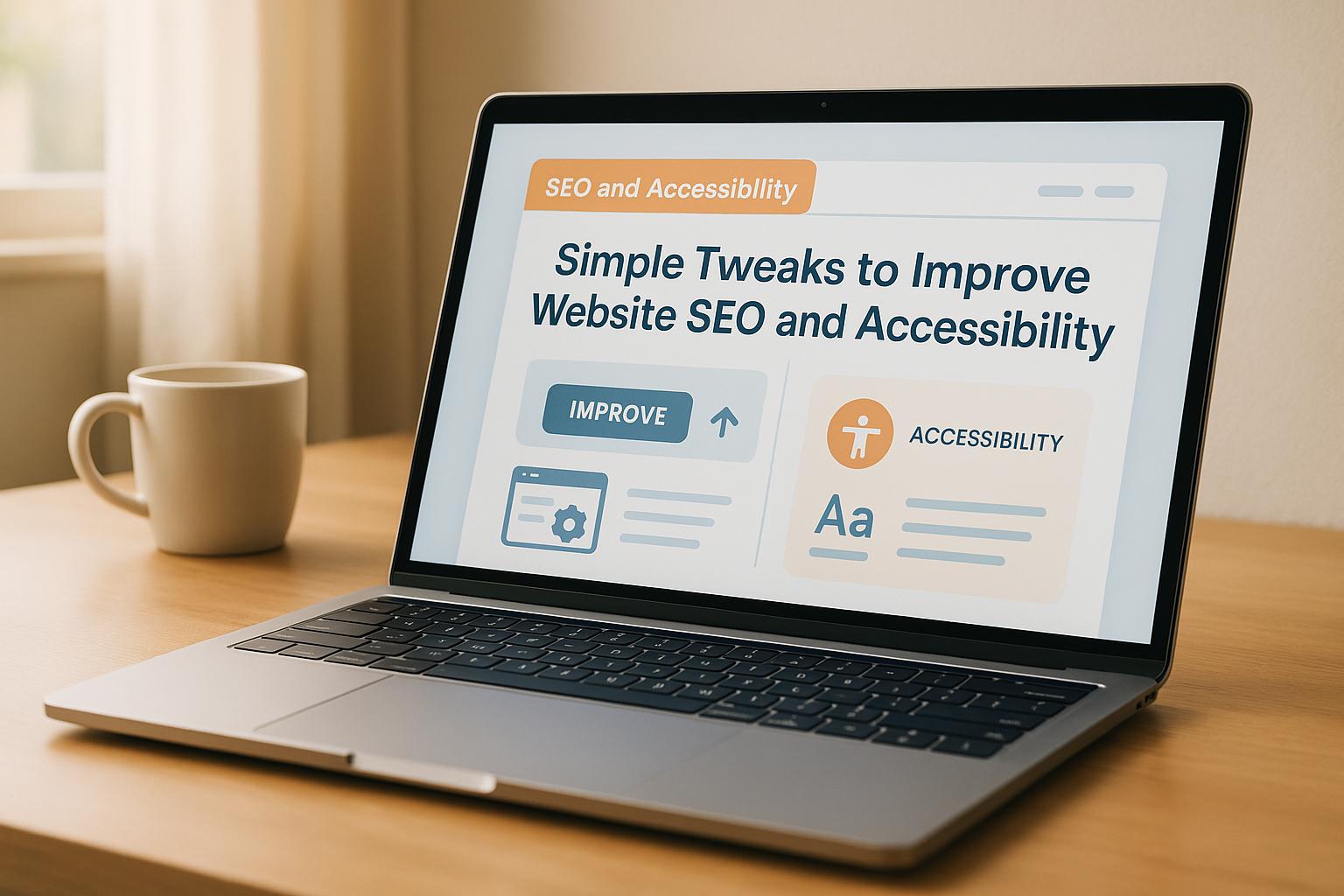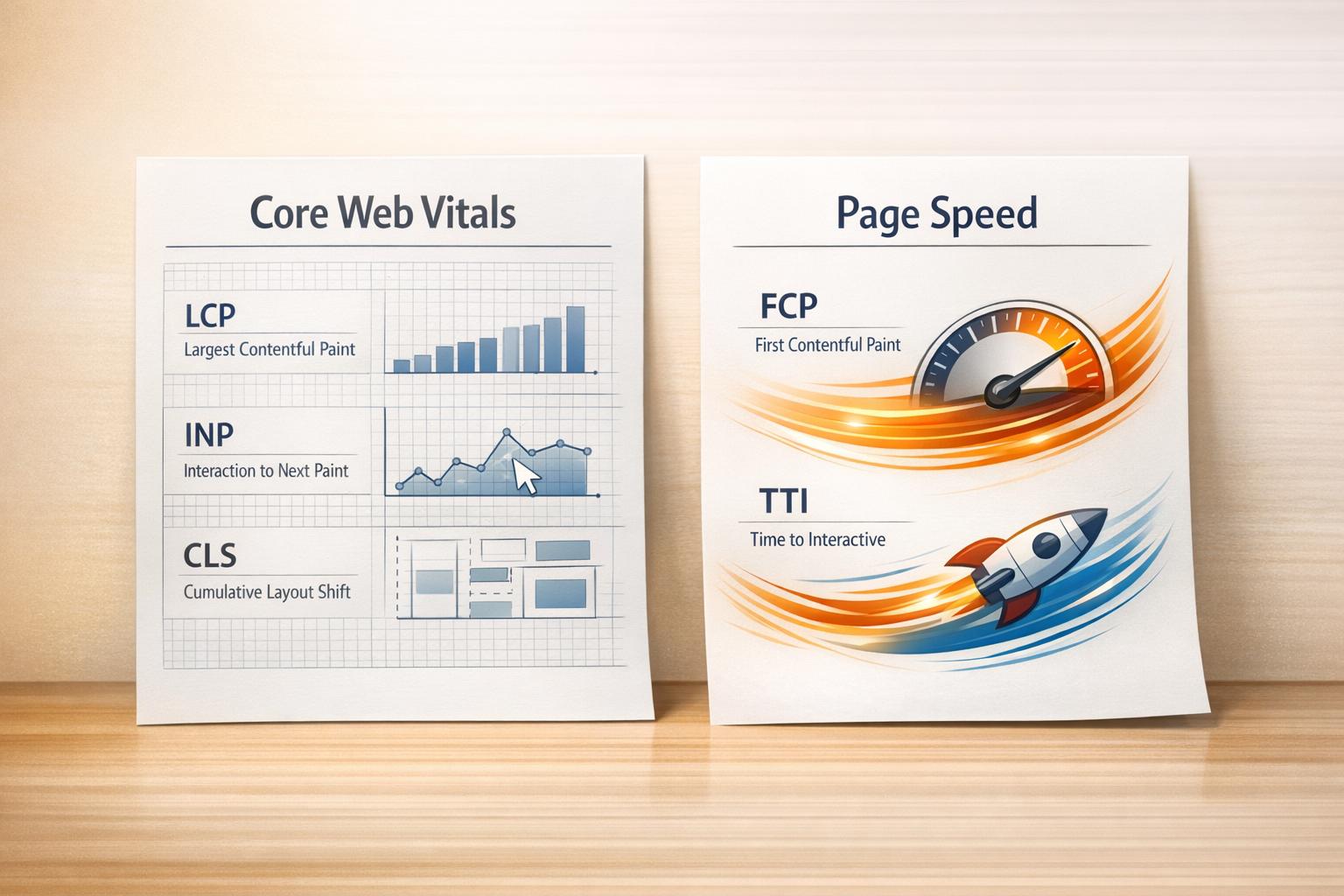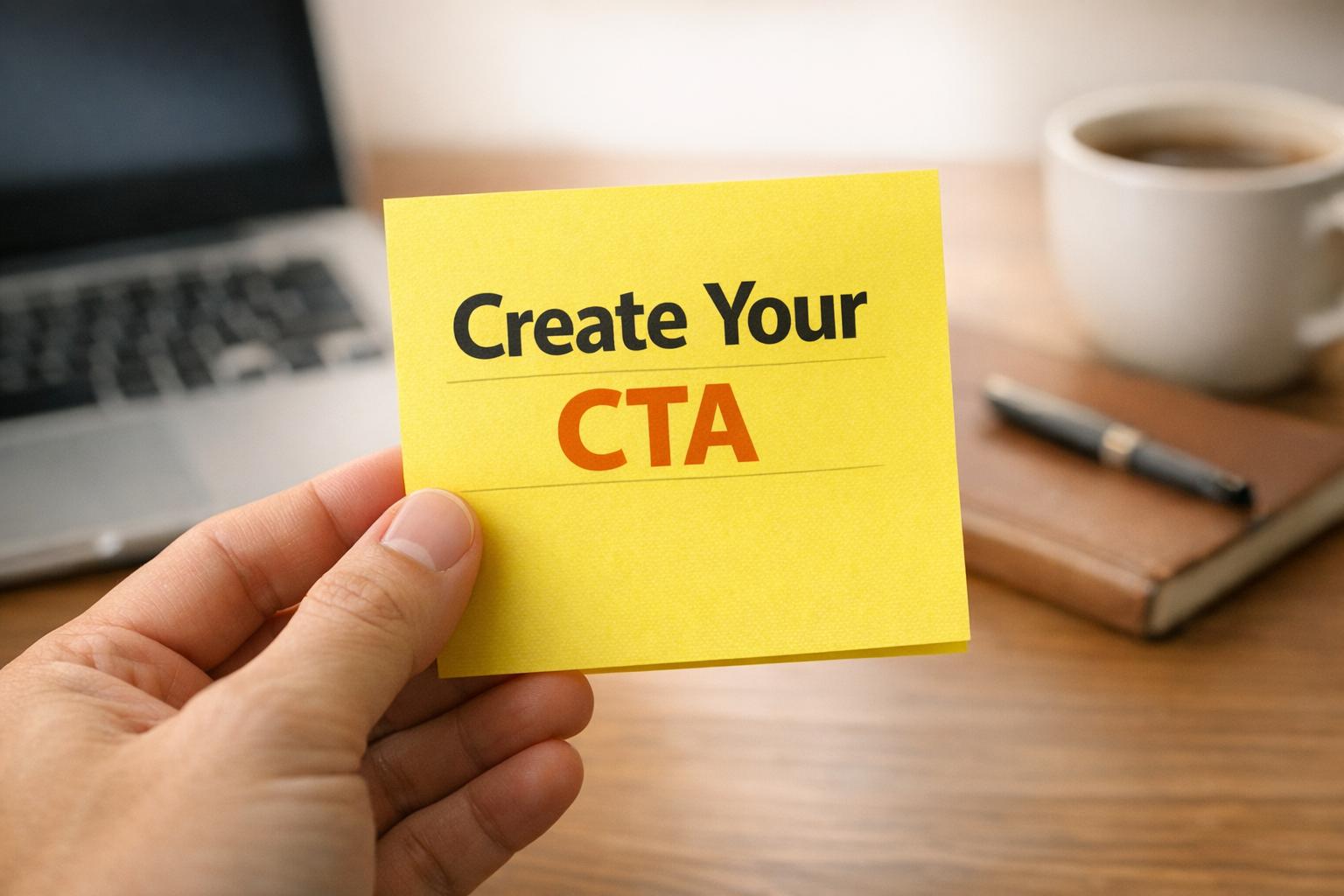

Simple Tweaks to Improve Website SEO and Accessibility

Simple Tweaks to Improve Website SEO and Accessibility
 08-09-2025 (Last modified: 06-10-2025)
08-09-2025 (Last modified: 06-10-2025)
Search engine optimization (SEO) is critical to ensuring that your website not only gets noticed but also delivers value to visitors. However, many businesses, especially those without a dedicated tech team, struggle to make their websites perform optimally for SEO and accessibility. This article breaks down practical, actionable insights shared in a detailed website audit for Suzanne, a business owner specializing in inclusive communication tools. Whether you’re an SEO professional, a small business owner, or a marketer, these transformative tips will help you optimize your website, making it more accessible and user-friendly while improving its organic visibility.
Why SEO and Accessibility are Inseparable
When considering SEO, many think only of keywords and rankings. However, accessibility plays a crucial role in SEO success. Accessibility ensures that your website is user-friendly for everyone, including those with disabilities. Not only does this create a more inclusive user experience, but accessibility improvements can also positively impact rankings, as search engines like Google increasingly prioritize usability in their algorithms.
Trustworthiness also plays a significant role in SEO, especially in the era of AI-enhanced search. A website that emphasizes accessibility and communicates its value clearly fosters trust, leading to better user engagement and higher organic rankings.
Clear Navigation: The Foundation of Website Usability
One of the standout points from the audit was the importance of navigation menus. Suzanne’s website, which focuses on creating bespoke communication boards for accessible spaces, had a navigation bar with fonts that were too small, especially on the desktop version. This seemingly minor design flaw creates unnecessary friction for users, particularly those with limited vision or mobility challenges.
What You Can Do:
- Ensure font sizes are legible: Google recommends a minimum font size of 16 pixels. For most websites, 18 pixels or larger is ideal.
- Prioritize mobile responsiveness: The majority of web traffic now originates from mobile devices. Test your navigation menus on smaller screens to ensure ease of use.
- Focus on white space: Make sure there’s enough spacing around clickable items to accommodate users with mobility issues or larger fingers.
These minor tweaks can significantly improve your site’s usability and accessibility, leading to a better overall user experience.
Hook Visitors Immediately with Strong Messaging
As noted in the audit, visitors should understand what your business does, how it solves their problems, and what they need to do – all within three seconds of landing on your site. Suzanne’s homepage, for instance, lacked a clear value proposition above the fold (the visible area of the page before scrolling).
What You Can Do:
- Frame your messaging around the user: Focus on the problems you solve for your target audience rather than just describing your business.
- Highlight the transformed state: Help visitors envision how their lives or businesses will improve by using your services. For example, Suzanne could emphasize how her bespoke communication boards foster inclusivity and accessibility in outdoor spaces.
- Use visual storytelling: Incorporate before-and-after visual examples to clearly demonstrate the impact of your product or service.
A strong, well-crafted headline paired with compelling visuals and clear calls to action can instantly hook visitors and guide them toward taking the desired next step.
Structuring Your Website for SEO and Accessibility
Another critical aspect of the audit was the importance of structuring website content using proper heading hierarchies. Search engines and accessibility tools rely on these structures to understand and navigate your content. Unfortunately, Suzanne’s website had headings that were out of sequence, making it difficult for both bots and users to interpret the page logically.
Best Practices for Heading Structure
- Use one H1 heading per page: This should be the page’s main title and include your primary target keyword.
- Follow a logical hierarchy: Arrange subheadings (H2, H3, etc.) to mirror the structure of an academic essay – H1 for the main topic, H2s for subtopics, and H3s for supporting details.
- Think about accessibility: Proper heading structures help screen readers interpret your site correctly, ensuring a better experience for all users.
By organizing your website content this way, you’ll provide clear signals to search engines and create a more user-friendly experience for visitors.
Leveraging Reviews and Social Proof
Suzanne’s business was already collecting Google reviews, which is an excellent way to build trust and credibility. However, many businesses overlook the opportunity to showcase this social proof prominently on their websites.
Tips for Showcasing Reviews Effectively
- Feature reviews on your homepage: Highlight glowing testimonials from clients directly on your homepage or in a dedicated reviews section.
- Diversify review platforms: While Google reviews are essential, consider collecting testimonials on industry-specific platforms or social media channels.
- Use multimedia formats: Video testimonials or case studies can make your reviews more engaging and impactful.
Social proof not only builds trust with new visitors but also contributes to SEO by increasing time spent on your website and reducing bounce rates.
Optimizing Metadata for Better Click-Through Rates
Another quick win from the audit was updating metadata, including page titles and descriptions, to better align with target keywords and user intent. Suzanne’s homepage, for example, lacked a descriptive title, which made it harder for Google to understand what the page was about.
How to Optimize Metadata:
- Page Titles: Keep titles under 60-70 characters and include your target keyword. For instance, Suzanne’s homepage title could be "Inclusive Communication Boards – Accessible Solutions for Schools and Organizations."
- Meta Descriptions: Write concise, engaging descriptions (135-155 characters) that summarize the page’s content and encourage clicks.
- Audit all pages: Ensure every page on your site has unique metadata that aligns with its purpose and target keyword.
By fine-tuning your metadata, you’ll improve click-through rates (CTR) from search engine results pages (SERPs) and make your site more appealing to both users and search engines.
Regularly Audit Your Website
The final takeaway from the audit was the importance of regularly reviewing your website to catch hidden issues (like outdated pages or unexpected glitches). For instance, Suzanne discovered an unintentional integration with Acuity Scheduling, which created an erroneous bookings page. This kind of oversight can confuse visitors and damage your credibility.
Steps for Website Audits:
- Check for unnecessary indexed pages: Use the "site:[yourwebsite.com]" command in Google search to see what pages are indexed.
- Test navigation and usability: Regularly test navigation on both desktop and mobile devices.
- Review analytics tools: Set up Google Analytics and Google Search Console to track performance and identify issues with indexing or user behavior.
Periodic audits can help you catch problems early and ensure your website continues to deliver value to visitors.
Key Takeaways
- Make navigation accessible: Increase font sizes, prioritize mobile responsiveness, and ensure sufficient spacing around clickable elements.
- Hook visitors instantly: Clearly communicate what you do, how you help, and the next steps for the visitor – all above the fold.
- Structure content logically: Use proper heading hierarchies (H1, H2, H3) to boost both SEO and accessibility.
- Highlight social proof: Feature client testimonials and reviews prominently across your website.
- Optimize metadata: Ensure every page has a unique, keyword-rich title and description.
- Perform regular audits: Use tools like Google Search Console to identify hidden issues and optimize your site for both usability and SEO.
By implementing these simple yet impactful changes, you can improve both the visibility and usability of your website, creating an inclusive and engaging experience for all visitors. The key is to balance technical optimization with a strong focus on user needs, ensuring that your site performs well in search rankings while meeting the expectations of your audience.
Source: "099: How to Improve Your Website’s SEO and Accessibility with Simple Tweaks" – Jules White – The Website Success Hub, YouTube, Aug 15, 2025 – https://www.youtube.com/watch?v=nosfHeFG1Cg
Use: Embedded for reference. Brief quotes used for commentary/review.
Related Blog Posts
say hello to easy Content Testing
try PageTest.AI tool for free
Start making the most of your websites traffic and optimize your content and CTAs.
Related Posts

 01-01-2026
01-01-2026
 Ian Naylor
Ian Naylor
Core Web Vitals vs. Page Speed: Key Differences
Compare Core Web Vitals (LCP, INP, CLS) with Page Speed metrics like FCP and TTI — learn their SEO roles, measurement differences, and optimization tips.

 30-12-2025
30-12-2025
 Ian Naylor
Ian Naylor
User Engagement Score Estimator
Estimate your website’s user engagement score with our free tool! See how interactive your content is and get tips to improve user interest.

 29-12-2025
29-12-2025
 Ian Naylor
Ian Naylor
CTA Phrase Planner
Struggling with CTAs? Use our free CTA Phrase Planner to create powerful, tailored call-to-action phrases that convert your audience!
